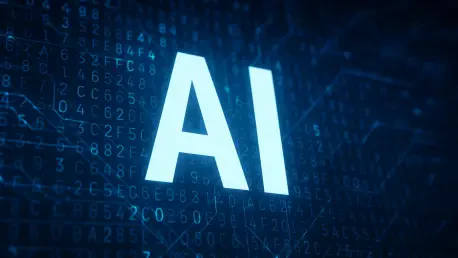Imagine a future where AI not merely predicts outcomes but genuinely understands them. Despite remarkable progress, large language models (LLMs) are far from achieving this level of sophistication. There’s a widespread belief that LLMs can independently reason, yet they predominantly function as enhanced text predictors under the guise of comprehension. As AI conversations evolve, a pressing question arises: How can AI transcend its current boundaries?
Untangling AI’s Maze: The Truth Behind LLMs
LLMs, such as OpenAI’s models or DeepSeek’s R1 series, have been hailed as revolutionary in language processing capabilities. However, these models inherently lack true reasoning, offering instead a façade through intricate algorithms. Such limitations aren’t trivial; they significantly impact real-world applications. Consider sectors like business or healthcare, where erroneous outputs can have grave consequences. The term ‘hallucinations’ in AI describes instances where models generate plausible yet false information, an unsettling reality where confidence does not equate to accuracy.
Bridging Gaps with Knowledge Graphs: AI’s Horizon
This is where knowledge graphs play a pivotal role in moving AI from merely predictive to truly intelligent systems. Unlike traditional AI models, knowledge graphs provide enriched networks of structured information enabling enhanced reasoning capabilities. By integrating LLMs with knowledge graphs, AI systems can tackle complex problems with heightened precision. For instance, in fraud detection scenarios, the nuanced understanding afforded by knowledge graphs allows for distinguishing intricate relational patterns, thus mitigating the risk of faulty conclusions drawn from static data.
Lessons from the Cutting Edge: Expert Insights
AI researchers like Dominik Tomicevic advocate combining strengths—the creative aptitude of LLMs with the logical frameworks provided by knowledge graphs. Recent advancements emphasize this synergy as transformative rather than incremental. A noteworthy anecdote involves enterprises leveraging this integration to bolster cybersecurity, effectively navigating the dynamic environment of online threats with improved accuracy. Such implementations underline the potential of AI technologies to transcend their current limitations through informed engagement with structured data.
Taking Steps Toward Integrated AI Solutions
Organizations eager to implement these integrated systems should focus on progressive strategies. Mapping out a step-by-step integration plan can ease transition challenges. Tools like retrieval-augmented generation and vector search facilitate this process, offering a pathway for smooth integration. Anticipating common obstacles—such as data compatibility issues—helps in refining approaches. Moreover, establishing frameworks that allow seamless updates to knowledge graphs ensures real-time relevance and adaptability.
Looking Back: The Journey to Enhanced AI
Embracing knowledge graphs’ potential is pivotal for AI’s evolution beyond basic predictive models. Past efforts have seen businesses grappling with costly retraining of LLMs, limiting AI’s practical efficacy. However, integrating dynamic knowledge systems invites a progressive shift, allowing AI to respond intelligently to evolving contexts. By harnessing the power of structured data alongside language models, enterprises can unlock sophisticated decision-making capabilities, practical insights, and reliable solutions. The charge for transformation beckons not only immediate rethinking but continuous advancement toward a future where AI ingeniously comprehends and interacts within complex environments.









